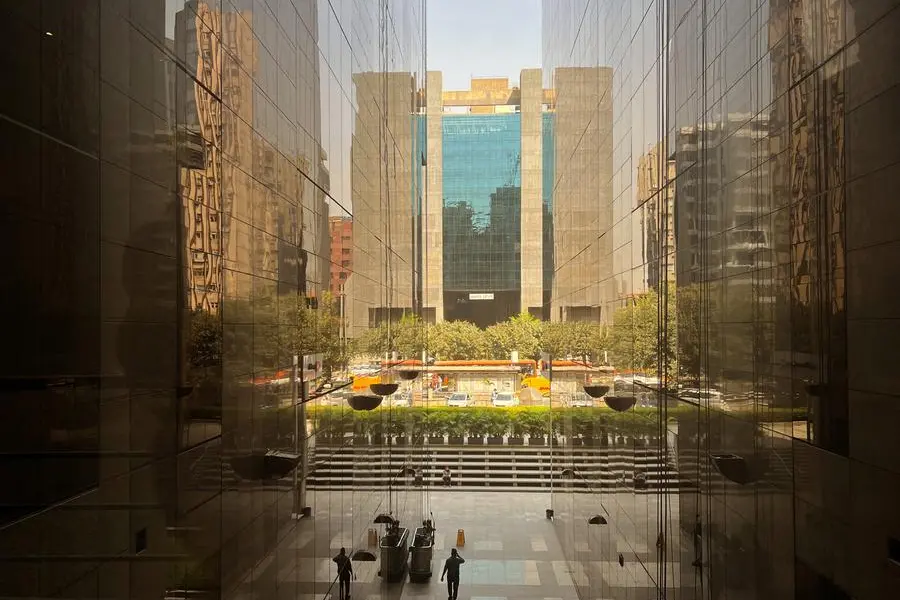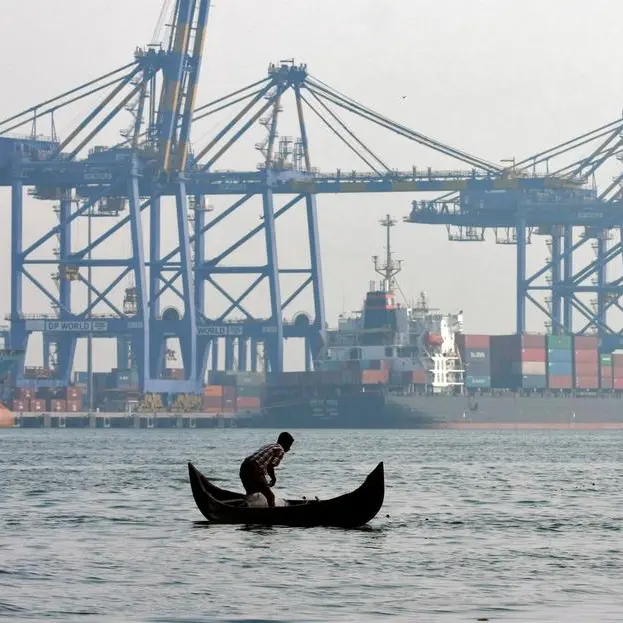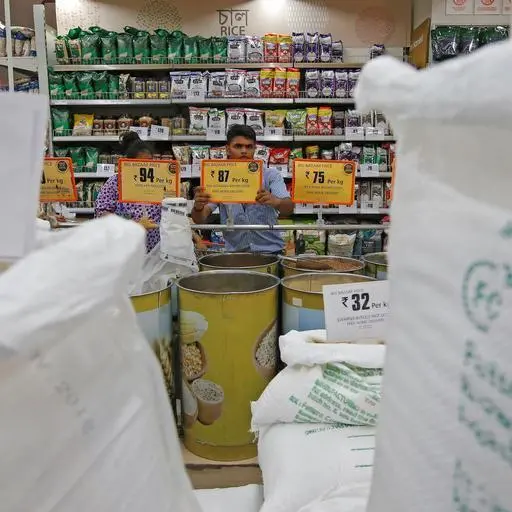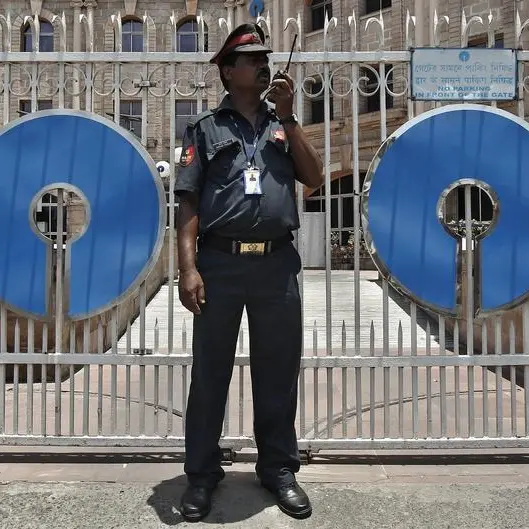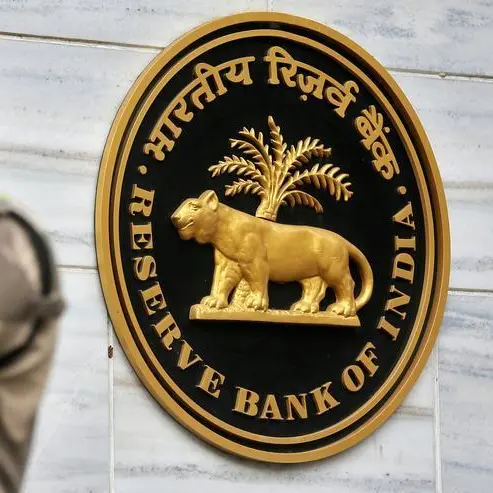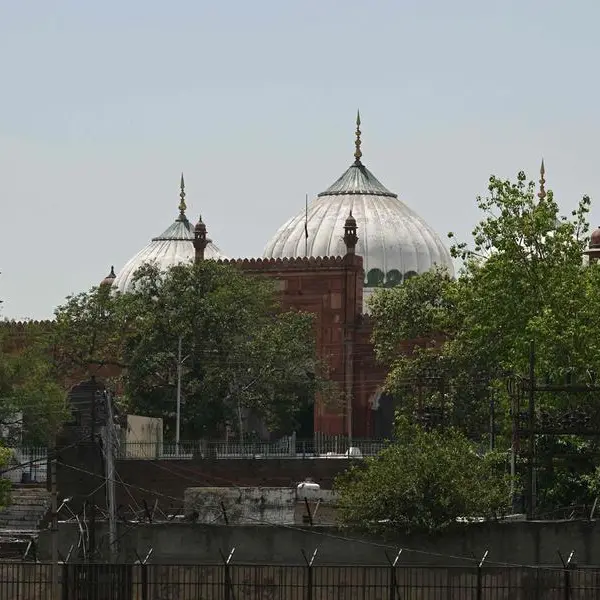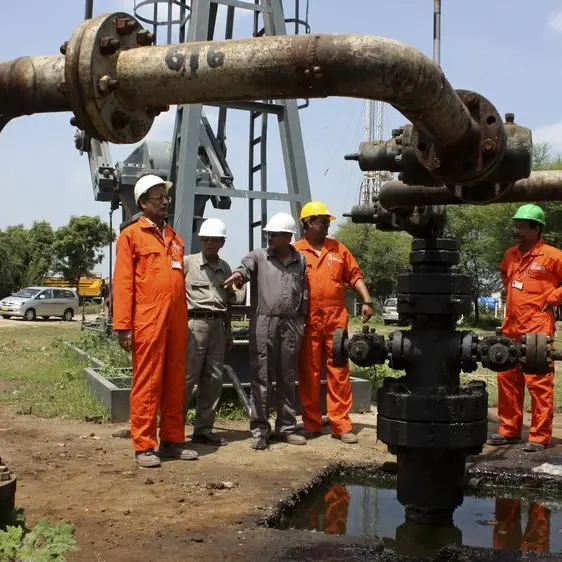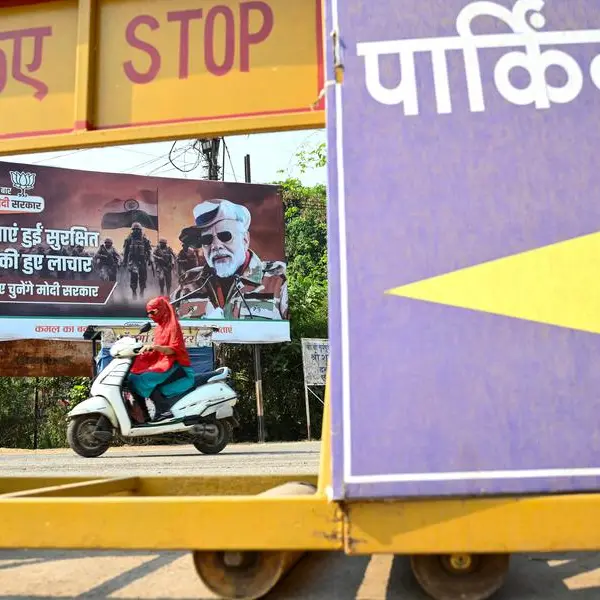PHOTO
The wealth concentrated in the richest 1% of India's population is at its highest in six decades and the percentage share of income exceeds that of countries including Brazil and the United States, research group the World Inequality Lab found.
Since India, which won its independence in 1947 from Britain, opened its markets to foreign investment in 1992, its number of billionaires has surged.
"The 'Billionaire Raj' headed by India's modern bourgeoisie is now more unequal than the British Raj headed by the colonialist forces," the authors said.
By the end of 2023, India's richest citizens owned 40.1% of the country's wealth, the highest since 1961, and their share of total income was 22.6%, the most since 1922, the study, whose four authors included Nitin Kumar Bharti and Thomas Piketty, found.
In 2014, Prime Minister Narendra Modi was elected on a mandate for development and economic reforms.
His critics say his last two terms in office have been characterised by a widening gap between rich and the rural poor as India's economy grew at 8.4%, its fastest in one-and-half years, in the final three months of 2023.
India's main opposition party Congress has raised the issue of Modi's government's closeness to billionaires in rallies ahead of national polls starting from April 16.
The World Inequality Lab said factors, including a lack of education has trapped some people in low-paid jobs and depressed the growth of the bottom 50% and middle 40% of Indians.
Data from Forbes billionaire rankings show the number of Indians with net wealth exceeding $1 billion rose from one in 1991 to 162 in 2022.
Asia's two richest men Reliance Industries' Mukesh Ambani and Adani Group's Gautam Adani are Indian.
The 10,000 wealthiest individuals of the 92 million Indian adults own an average of 22.6 billion rupees ($271.91 million) in wealth, 16,763 times the country's average, while the top 1% possessing an average of 54 million in wealth.
In December, the Indian government's chief economic adviser said subsidised grain distribution, spending on education and health, and direct cash transfers via a rural jobs scheme have helped to distribute income more equally. ($1 = 83.1148 Indian rupees) (Reporting by Aftab Ahmed; editing by Barbara Lewis)
Reuters
